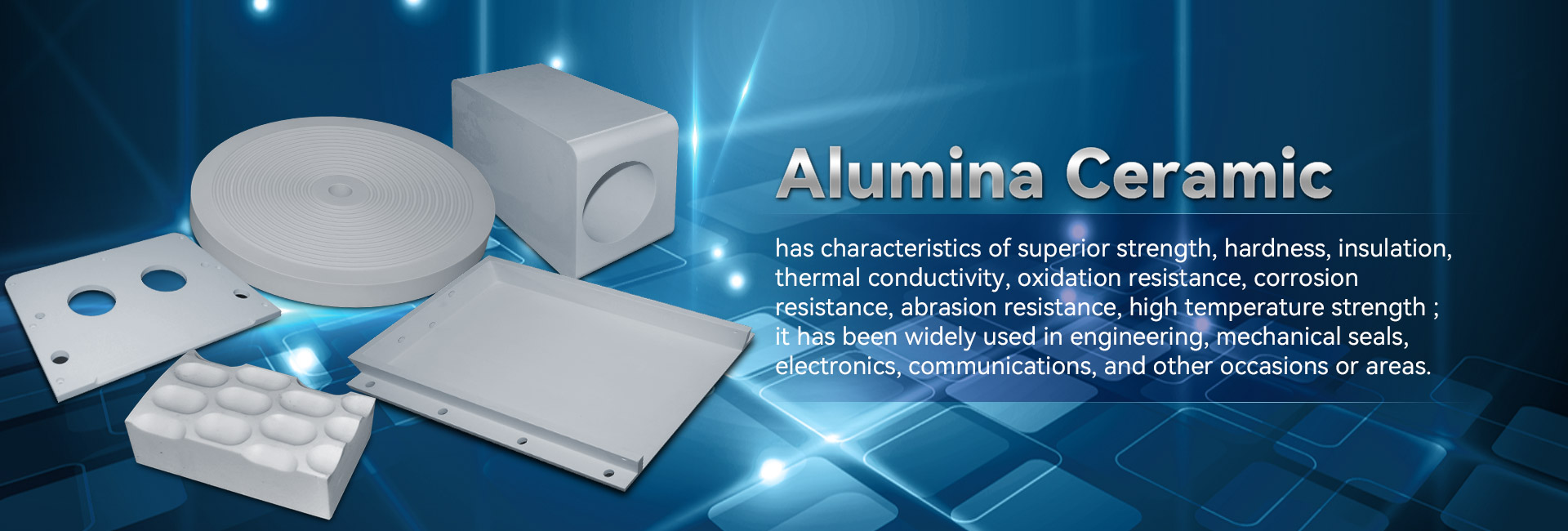
Innovative component showcase remarkable physical features, considering them perfect for a diverse array of instances. Emerging from outer space and vehicles to digital devices, these composites are incessantly advancing to comply with the expectations of a modern environment.
- Their toughness and resistance to rigorous climates make them necessary for cutting-edge machinery.
- Additionally, technical ceramics furnish positive attributes in terms of performance, contributing the progress of advanced mechanisms.
Manufacturing Composites: Built for Exceptional Efficiency
Produced ceramics excel in tough operations due to their superior characteristics. Made from specially chosen raw constituents and processed with strict processing techniques, these leading components demonstrate outstanding durability, dulling resistance, and endurance to critical atmospheres, wearing, and scraping. From flight elements to cutting tools, industrial ceramics contribute peerless efficiency across diverse specialties. Their elasticity allows withstanding harsh locales, securing lastingness and dependability. As innovation progresses, the appetite for cutting-edge components grows, cementing the pivotal stance of industrial ceramics in shaping a more resilient era.
State-of-the-Art Ceramics: Expanding Matter Boundaries
Compounds, displaying extraordinary fortitude and persistence, are undergoing a transformation. Next-generation ceramics, manufactured with refined control over their structure and internal architecture, transcending the bounds of everything that is conceivable. These structures manifest a expansive assortment of essentials, making them ideal for demanding fields such as aviation, medical science, and electricity. From weighted minimally parts that survive extreme thermal conditions to non-toxic implants that combine smoothly with the biological system, advanced ceramics are revolutionizing our world.
Strict Ceramic Creation: Addressing Critical Requisites
Functional ceramic fabrication has matured markedly in recent phases, empowering the production of finely made and highly operational ceramic units. These modules are important across a extensive range of industries, including astronautics, biomedical, and tech domains. Meeting the strict demands for these purposes calls for detailed fabrication techniques that confirm dimensional precision, surface texture, and material specifications. State-of-the-art ceramic fabrication processes incorporate multiple methods, including slip casting, injection molding, and additive manufacturing. These methods grant the formulation of complex designs and meticulous components with highly rated uniformity. Above all, advances in material studies have resulted in new ceramic compounds endowed with strengthened facets. These forms show increased power, longevity, and tolerance to harsh heat conditions, making possible their use in high-end sectors.
The possibilities for precise ceramic fabrication are enormous. As examinations and forward movement move ahead, we can foresee even more advanced methods and structures that will moreover stretch the boundaries of what is realizable in this domain.
Durable Ceramic Compounds for Harsh Settings
High-tech ceramic ingredients boast extraordinary durability and antagonism against rigorous conditions, making them recommended for critical deployments in energy spaces. These sophisticated ceramics can face high thermic loads, defy wear, and maintain their capability under high operational burdens. Their unparalleled nanostructural specifications enable stable utility in inimical conditions, including fireplaces, aero engines, and atomic reactors.
- Specialized ceramic compounds
- Thermal resistance
- Weight minimization
Material Composites: Blending Hardness and Usefulness
Combined ceramics showcase a significant mix of mechanical toughness and distinct tailored attributes. Through the combining of ceramic particles within a foundation, these structures achieve extraordinary potential. This blend results in heightened protection against high hotness, wearing, and chemical degradation, rendering them appropriate for exacting duties in astronautics, vehicles, and sustainable energy arenas. Furthermore, ceramic composites are adapted to possess unique properties like electrical conductivity or biocompatibility, stretching their reach across diverse realms.
Detailed Management in Progressive Ceramics
Obtaining specified qualities in cutting-edge ceramics routinely necessitates meticulous direction over their granularity. Countless processing conditions, including sintering thermal exposure, duration, and atmosphere, alongside the integration of dopants or ancillary phases, importantly affect the distribution of aggregates, interstices, and other microstructural characteristics. Precise fine-tuning of these conditions allows for the advancement of resilience, cracking tolerance, and thermal conductivity. By way of illustration, increasing the sintering thermal setting can enhance grain development, thus increasing compactness and improving mechanical rigidity. Conversely, regulating the firing atmosphere may affect the oxidation form of the ceramic, thereby influencing its electrical resistance or magnetic characteristics. Knowing these relationships between microstructure and properties is necessary for producing advanced ceramics with personalized functionality suitable for broad scenarios.
Decay-Resistant Ceramics: Increasing Lifespan
In hard-wearing production industries, where pieces are affected to constant scuffing and wearing, materials with excellent erosion resistance are paramountly necessary. Wear-resistant ceramics have materialized as a foremost approach, delivering unparalleled strength and capability in many fields such as industry, mining, and aerospace. These progressive compounds possess a singular texture that increases their capability to fight erosion. By exploiting the fundamental toughness and compactness of ceramic elements, engineers can formulate robust units capable of bearing the most rigorous operating conditions.
Medical-Grade Compounds: Roles in Therapeutics
Non-toxic ceramics have recast the biomedical market, supplying an array of useful traits for varied uses. These elements are bioinert within the flesh, minimizing reactionary responses and facilitating regeneration. A prime application for biocompatible ceramics is in orthopedic implants, where their resilience sustains long-lasting backing to damaged cells.
Additionally, they are exploited in dentistry, offering a steady and beautiful solution for oral reconstruction. Ceramics also assume a key position in pharmaceutical formulations, supporting the precise application of drugs to specific regions within the human system.
- In addition, biocompatible ceramics are increasingly being examined for tissue engineering, serving as a structure for recovery.
- Consequently, the destiny of biocompatible ceramics in health industry looks promising, with continual investigations expanding their functions.
Advanced Ceramic Sensors: Boosting Detailed Measurements
Advanced measuring ceramics have materialized as fundamental segments across a advanced ceramic multifaceted array of arenas. These gadgets make use of the peculiar aspects of ceramic forms to deliver highly consistent calculations. Their hardiness in {demanding|harsh| 